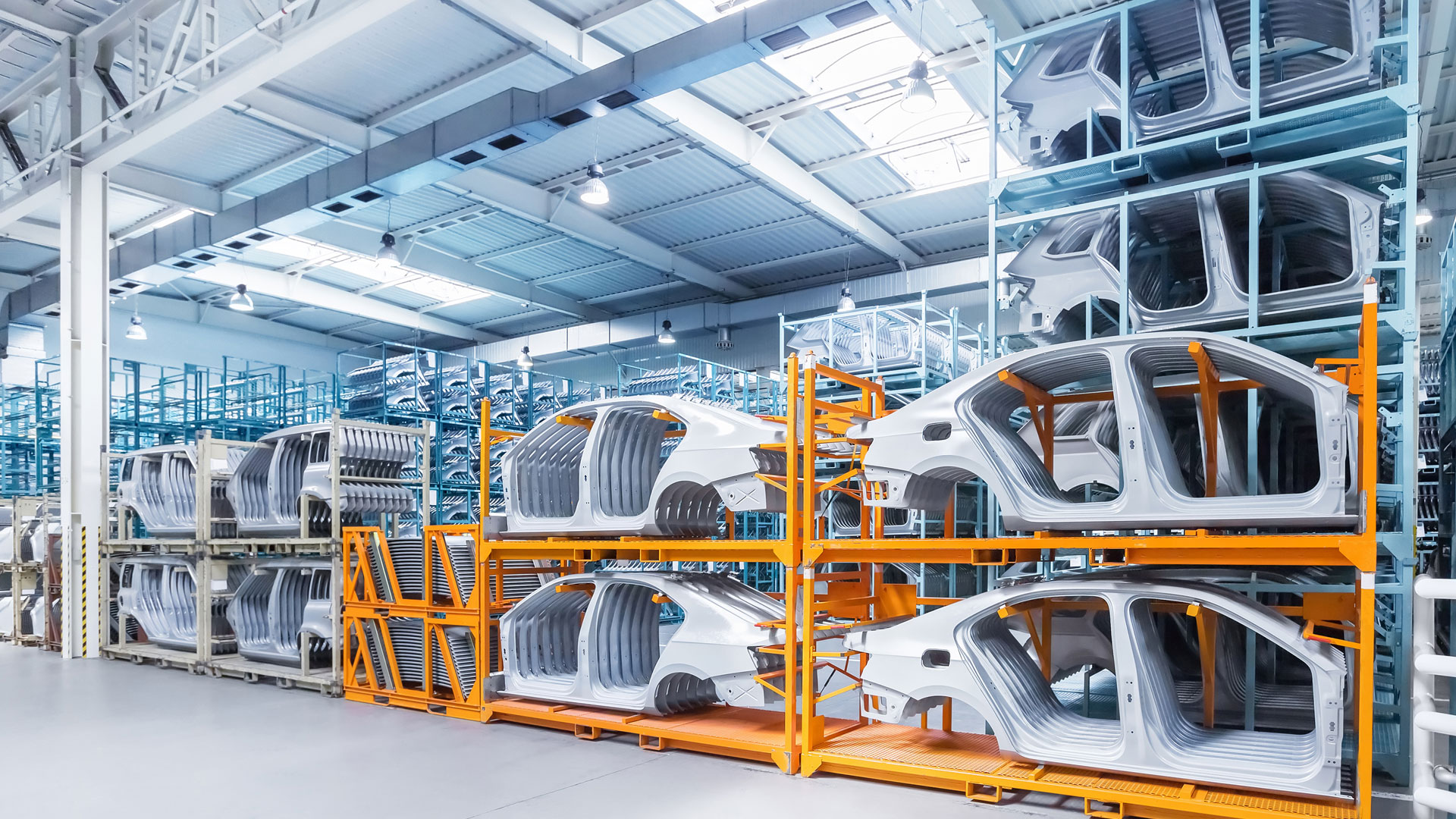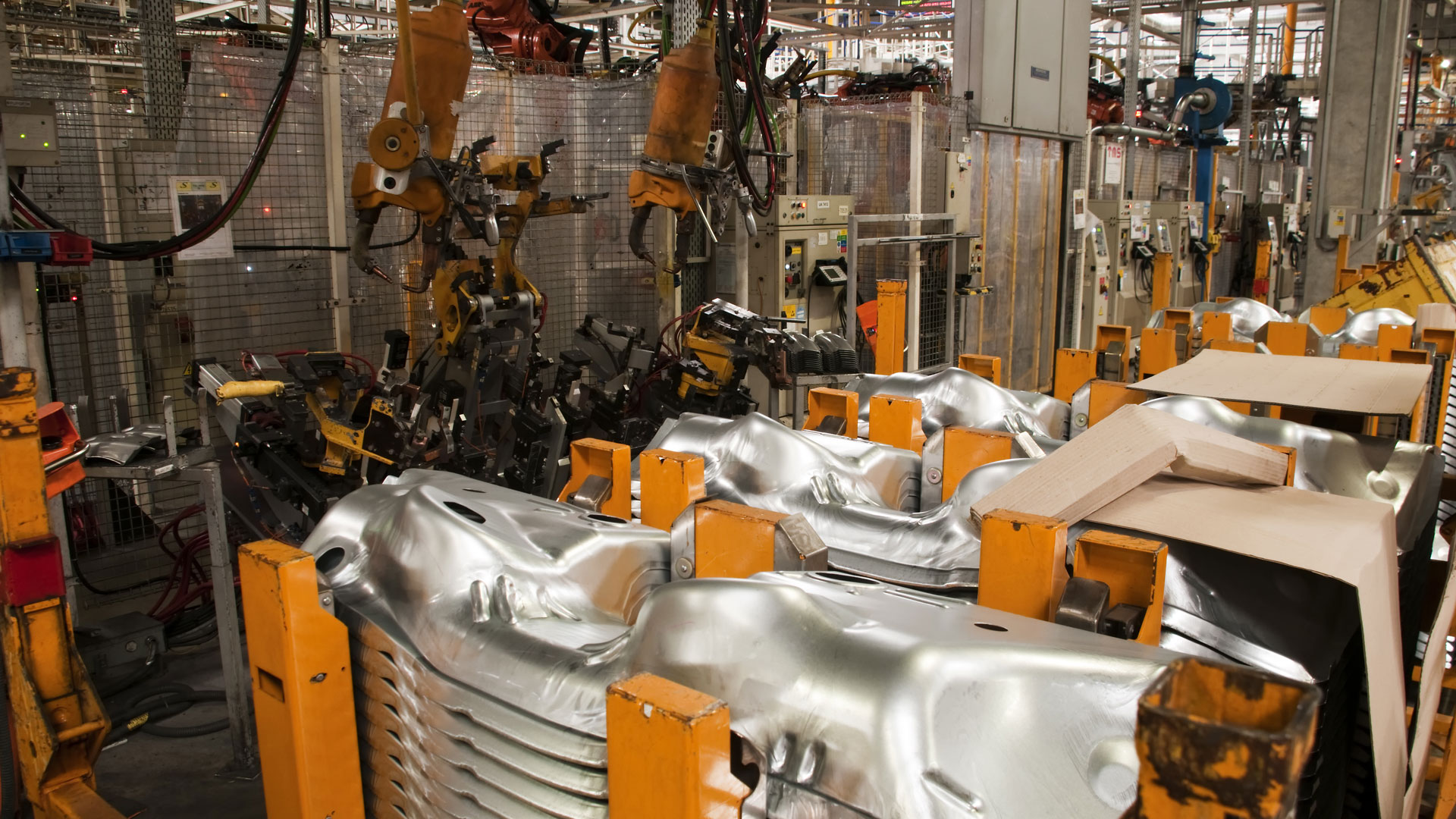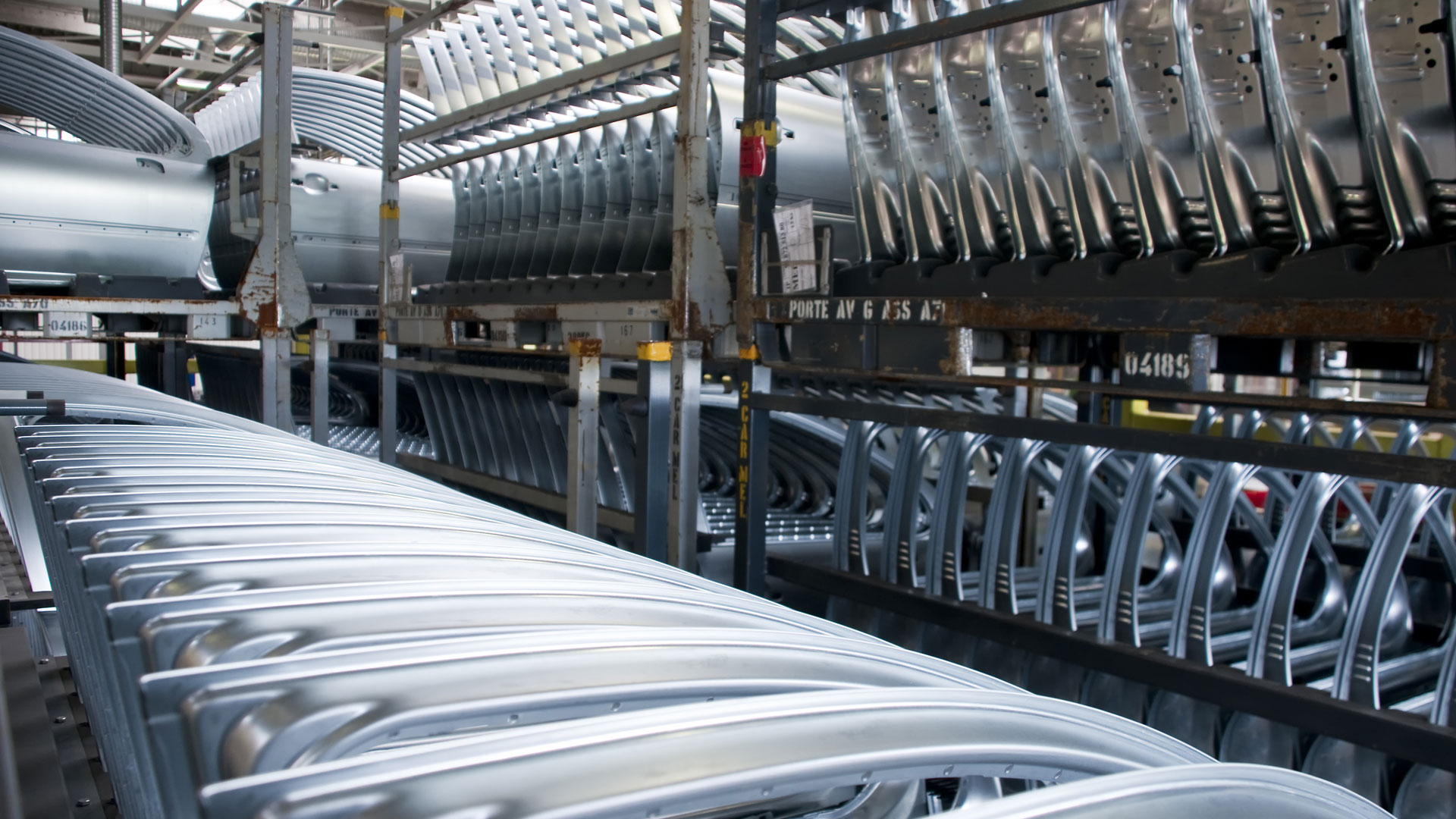Cost- and time efficiency meets lightweight parts from low to high volumes.
Just as the glassblower heats his material in order to achieve a good forming result, within the HDF process the tools and materials are exactly tempered to receive an excellent product. Thus, the HDF-process is an innovative technology which enables extreme lightweight and cost-efficient production from low volumes to mass products.
The HDF Process enables you to…
- form hollow (HDF-H Process) as well as flat (sheet, HDF-F Process) Products for any purpose.
- process all metal alloys, like Aluminium, Steel, Magnesium, Titanium – mainly the high and highest strength metal alloys – without annealing.
- produce metallic extreme lightweight products in small and high volumes.
- produce CO2 friendly – due to the low forming energy needed (no annealing, low forming forces).
- be extremely cost efficient and provide process stabile production – low cost forming dies, short cycle time, no waste.
- provide an alternative for all products which are actually cold formed.
- produce complex components – designed wall thickness distribution possible (Tolerance of 0,2 mm).
- manufacture eye-catching surface products in extreme lightweight.
- create wrinkle free components – due to gas pressure forming ability.
- form thin sheets and complex geometries, small radii’s or sharp edges.
- reduce assembled parts (e. g. flanges) – integration of neighbour parts.
The HDF Process is characterized by…
- forming dies as well as blanks which are running at advanced optimal forming temperature.
- a genetically optimal forming process.
- a blank which is controlled feeded in the cavity.
- the ability to be integrated in your existing forming line.
- low forming forces – 10 times lower than in the cold condition.
- low lot sizes as well as mass-production – low cost production possible.
- the possibility to form “tailored blanks” (RTB & WTB) in-situ.





